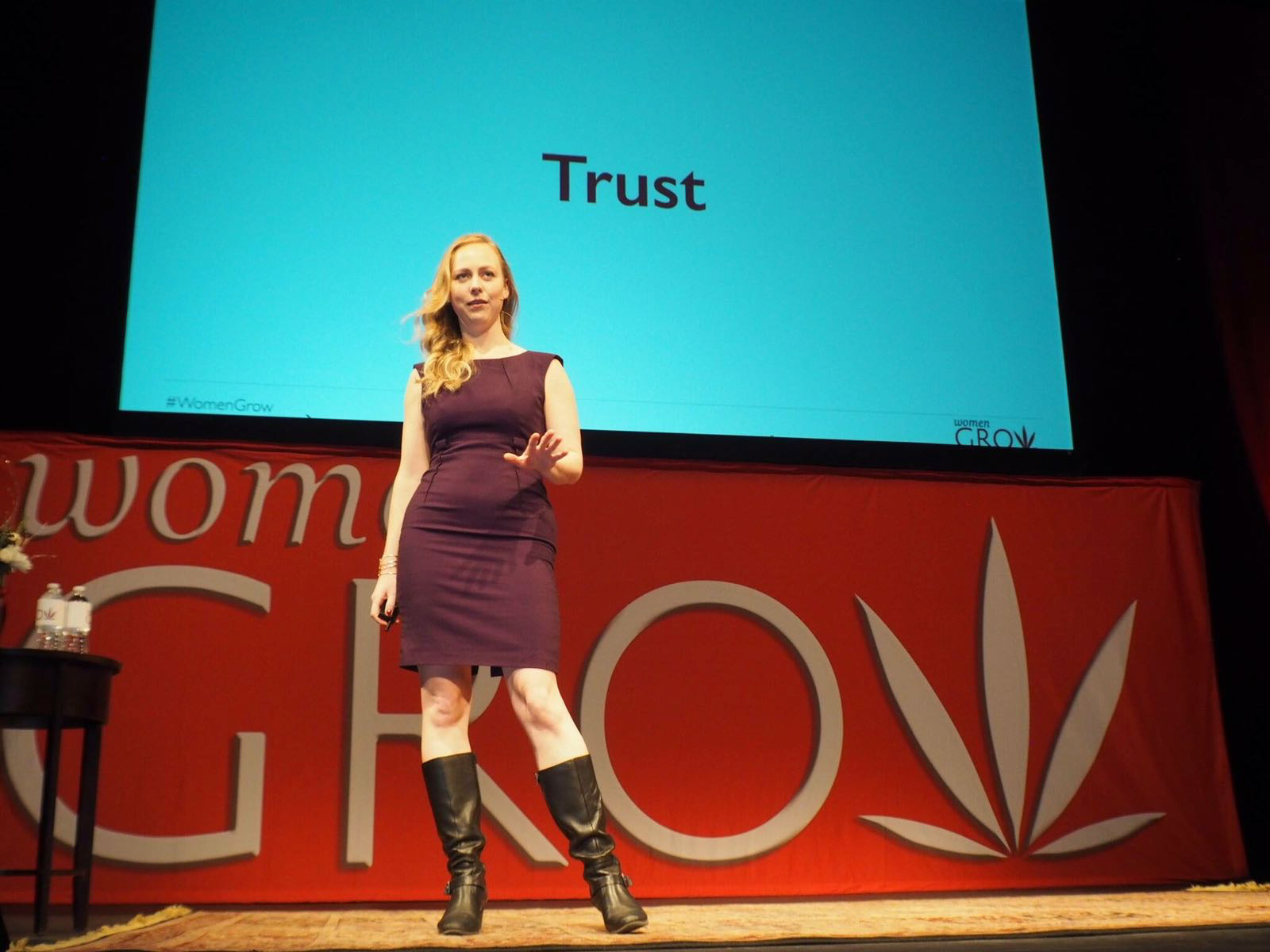
What I Learned Turning Off and Tuning In
See how I learned how to be in a museum, how to Burn in Spain, new psychedelic treatments, the final Summit at Sea, winning licenses, and at the very bottom, everything else I'm up to this year.

CannaInsider Interview with Jazmin Hupp
In this podcast from 2015, I share all the information on why women will be successful at running cannabis businesses and how to get started.

7 Reasons You Should Focus on Women in Your Advertising & Your Business
Gallop's keynote is required watching for men & women – she teaches us how businesses are missing out on innovative ideas & profits by staying male-centric.

How You Can Create a Cannabis Industry We Can All Be Proud Of

Prioritizing Product Features for Cannabis Companies
Whether you're starting a MMJ dispensary or edibles brand: cannabis product feature strategy will be vital to your success.

The Rise of the Design Executive Officer
To solve the world's problems: we need to think like designers, feel like designers, and act like designers.

Providing Effective Long-Term Customer Support for WordPress Users

Data-focused App Development for the iPad Best Practices: A Kaplan Case Study

New Trend: Video Holiday Cards - Bergdorf Goodman Goes to the Dogs

Customer Surveying for Apple Specialists
50 Things Your Customers Wish You Knew

